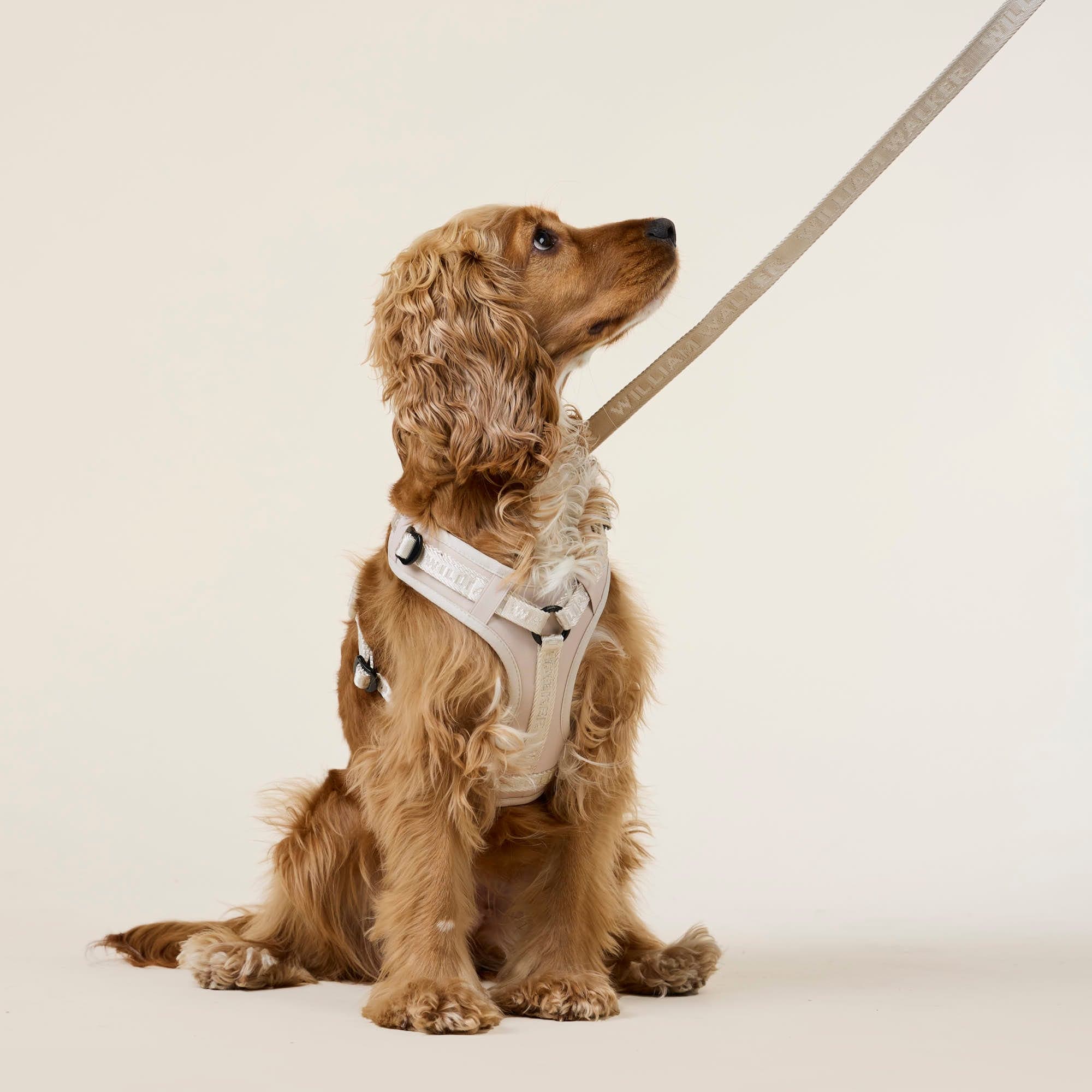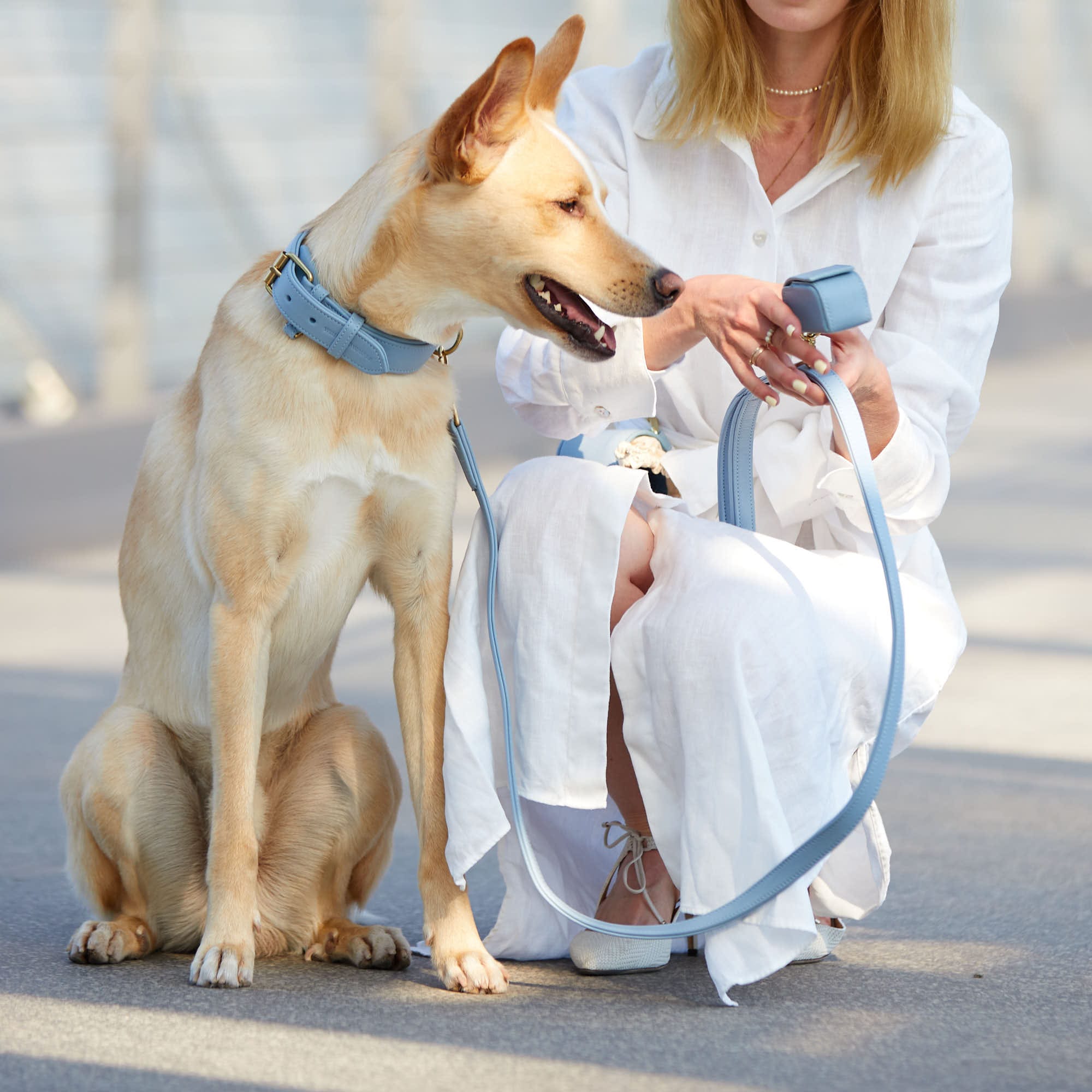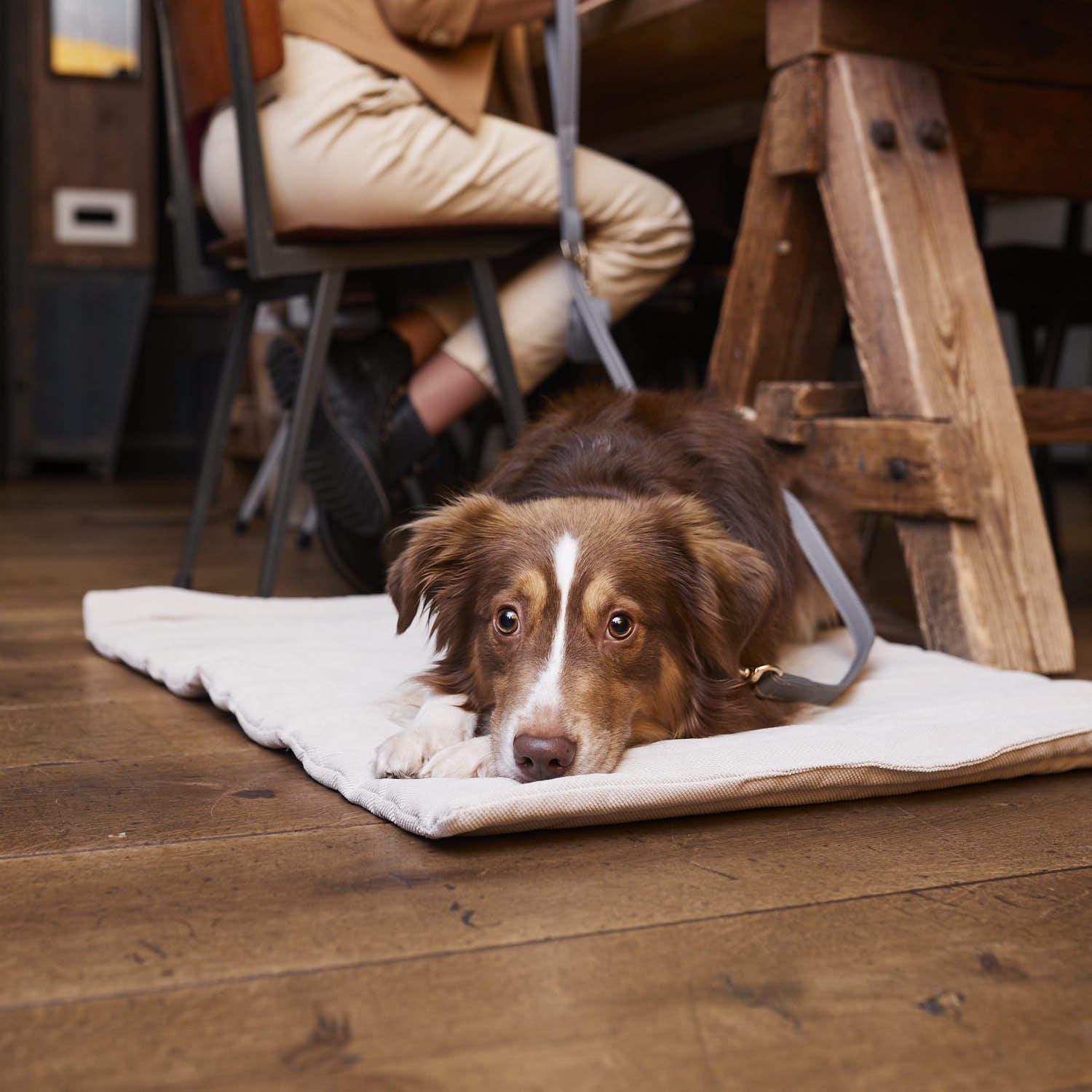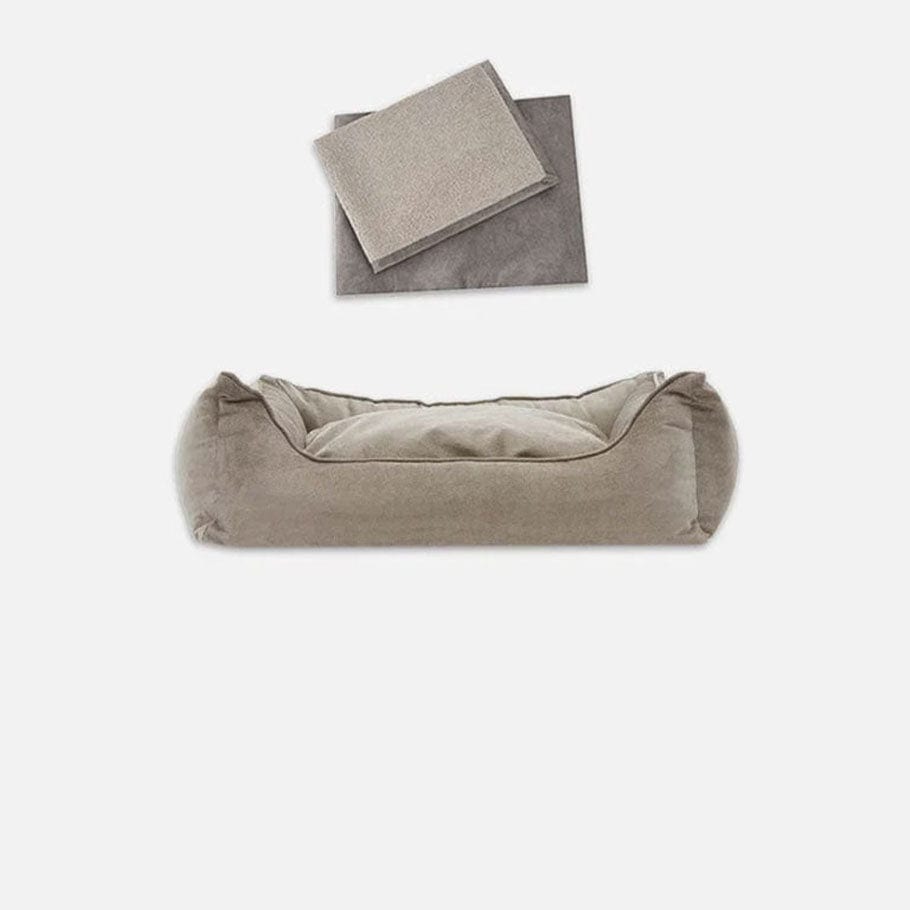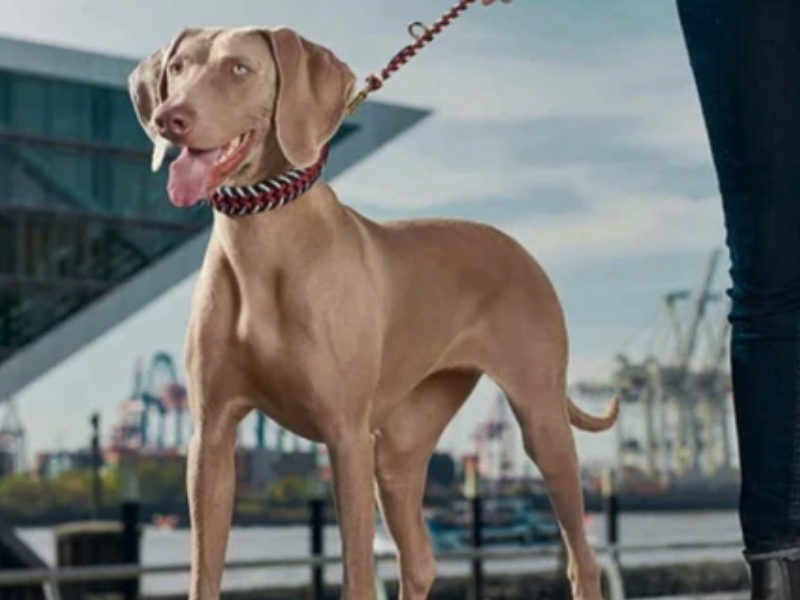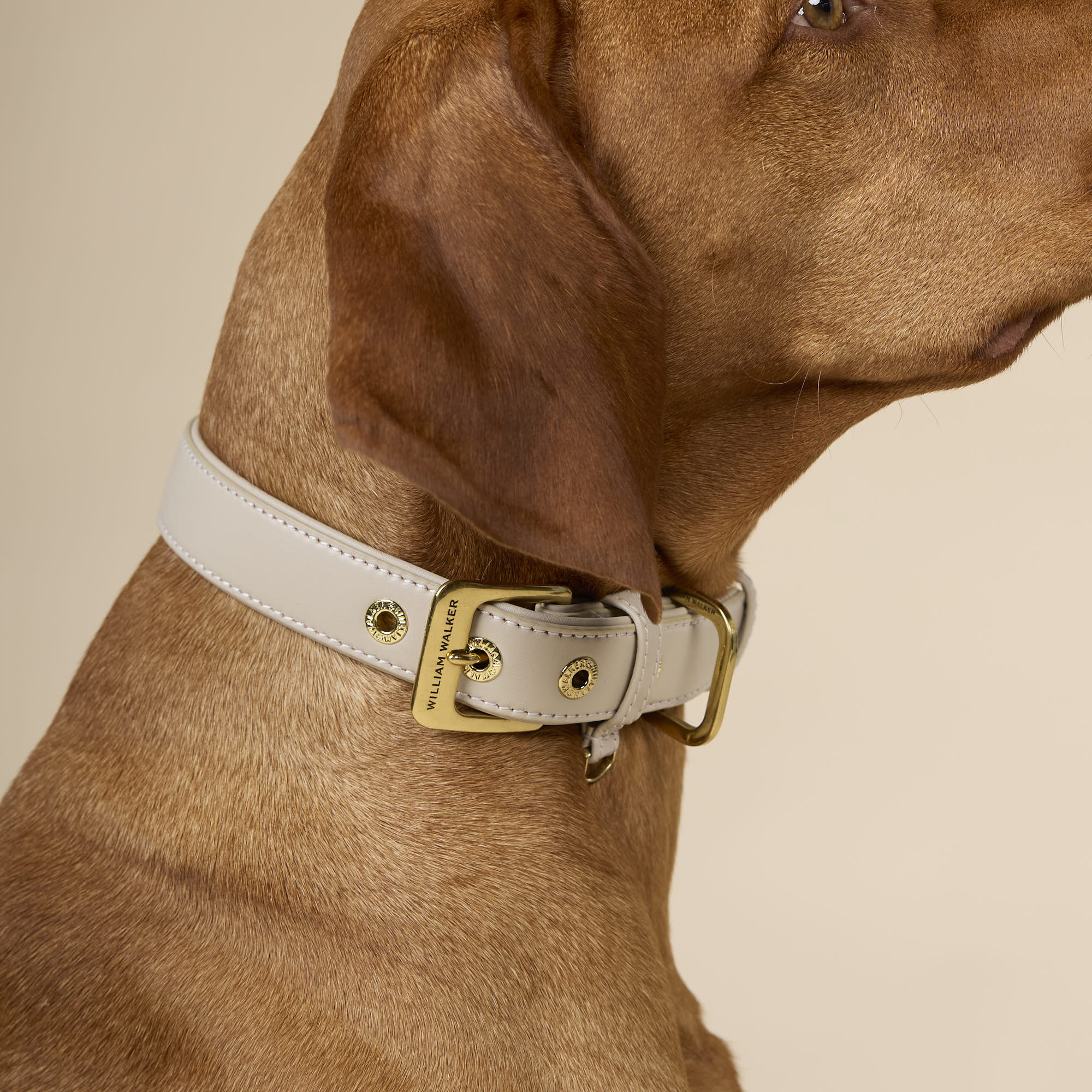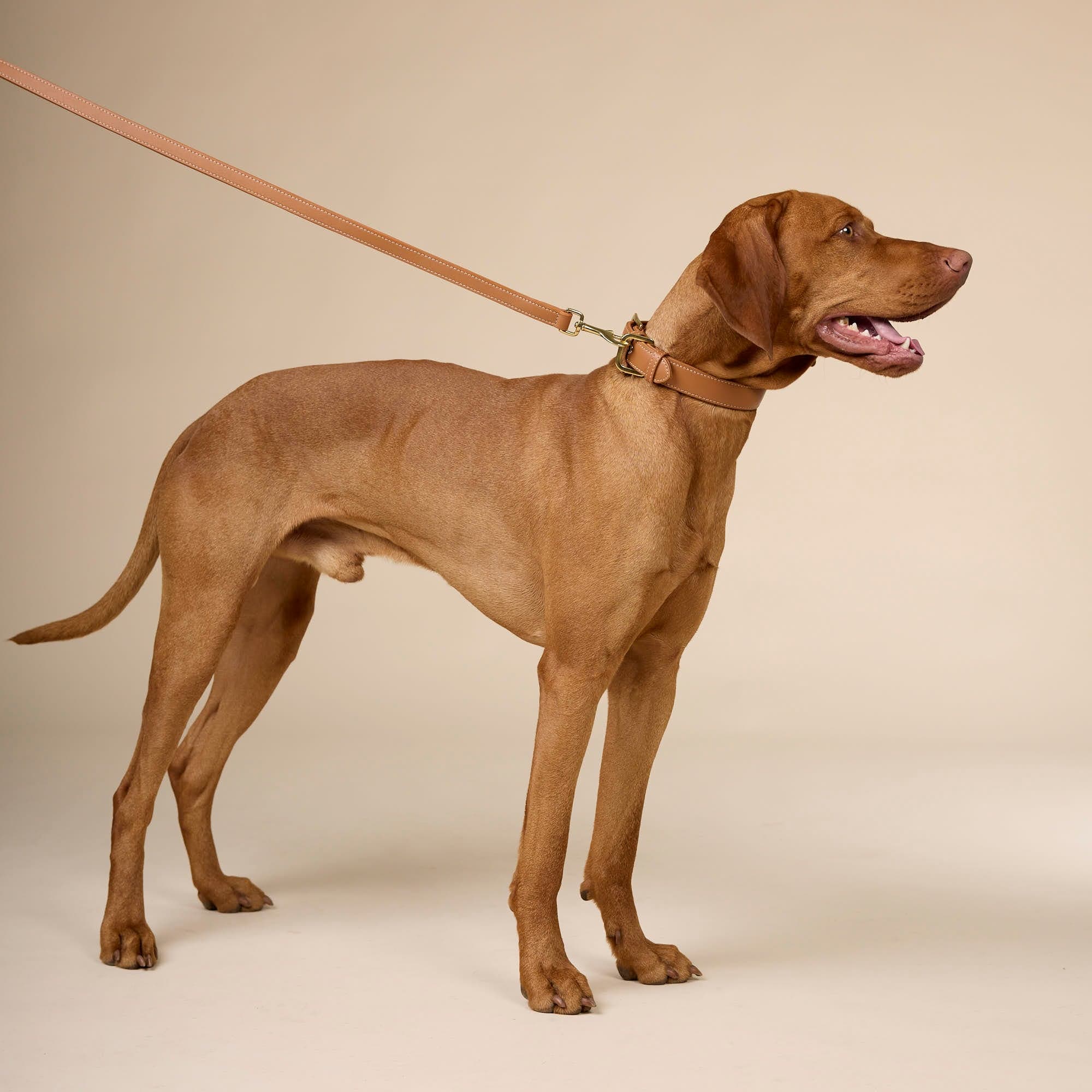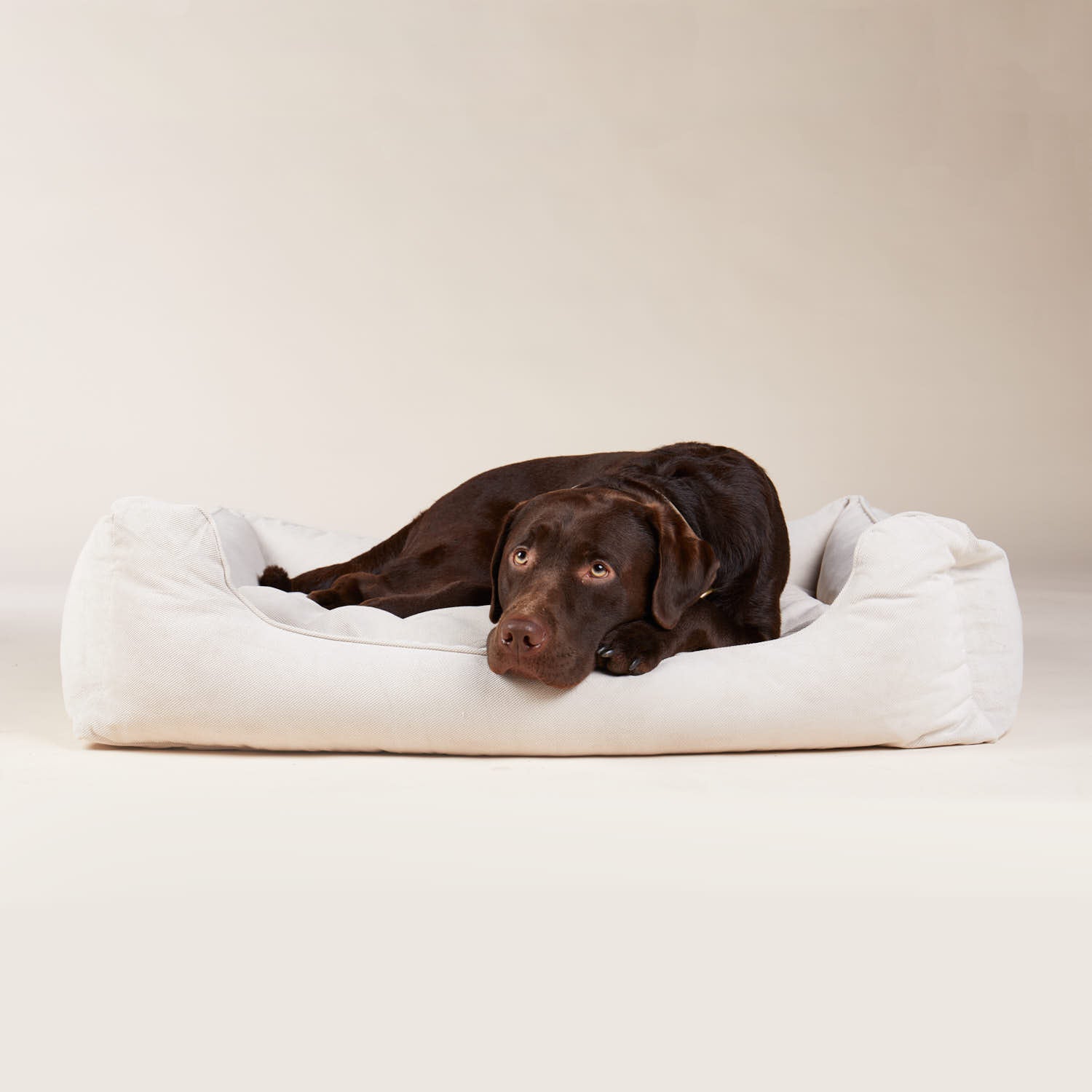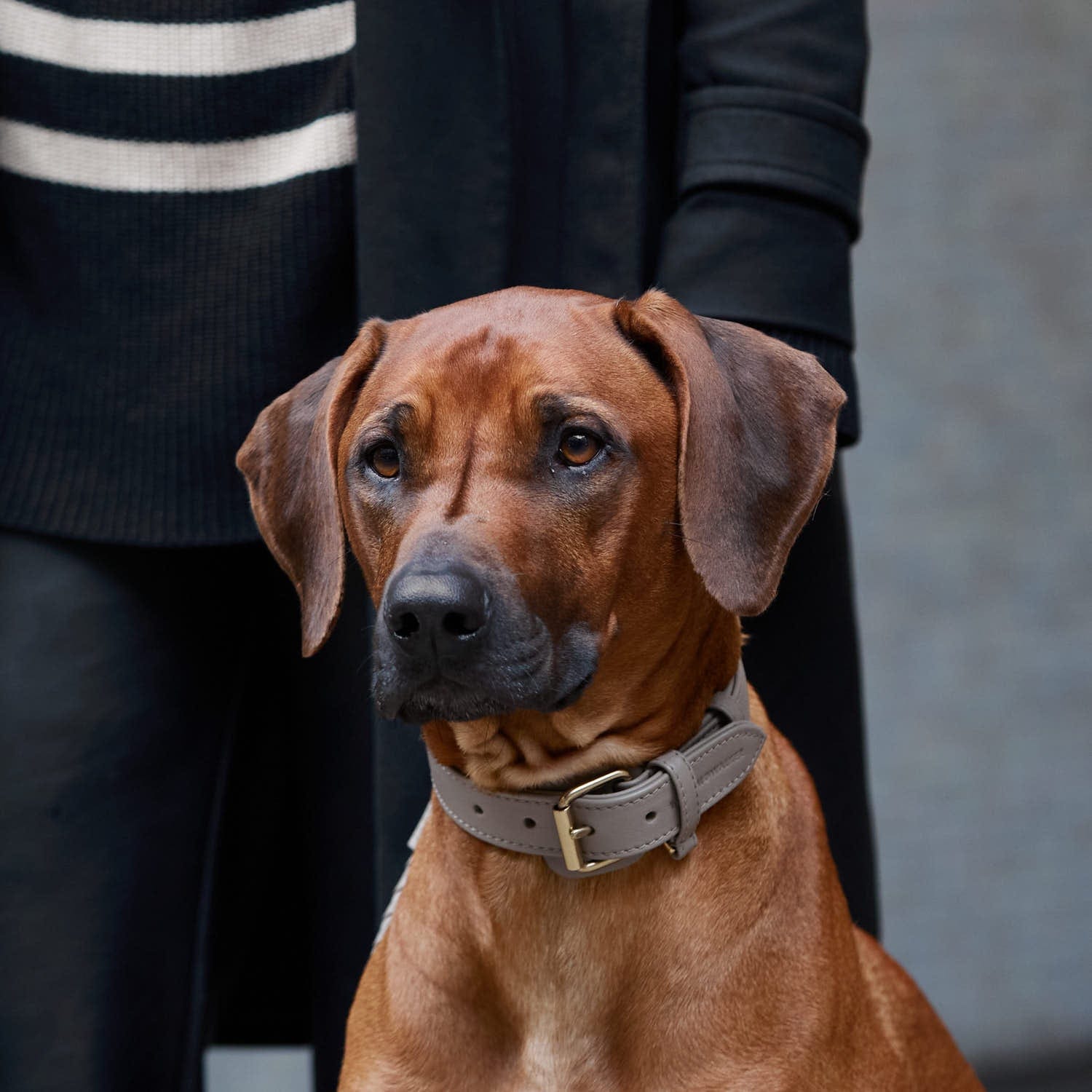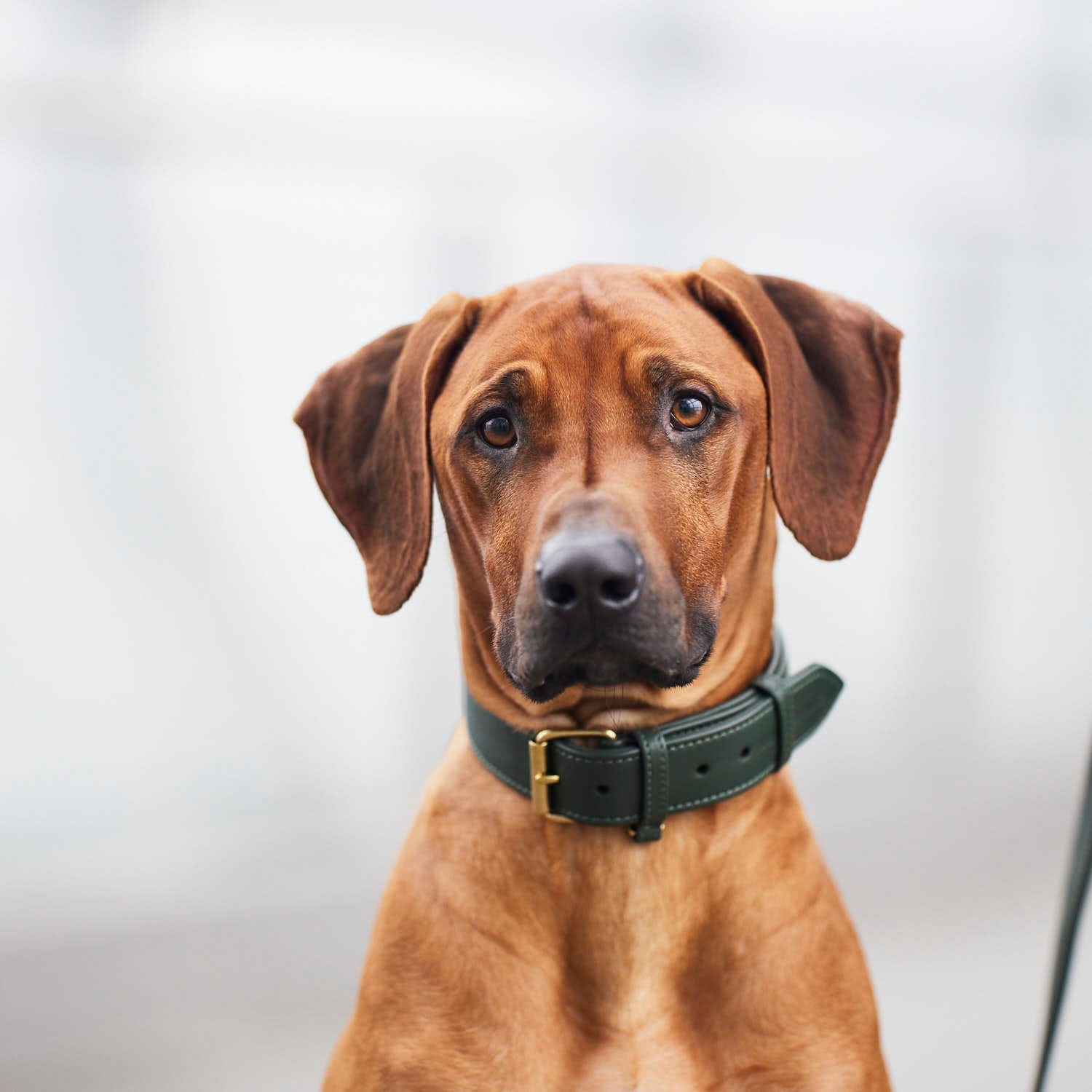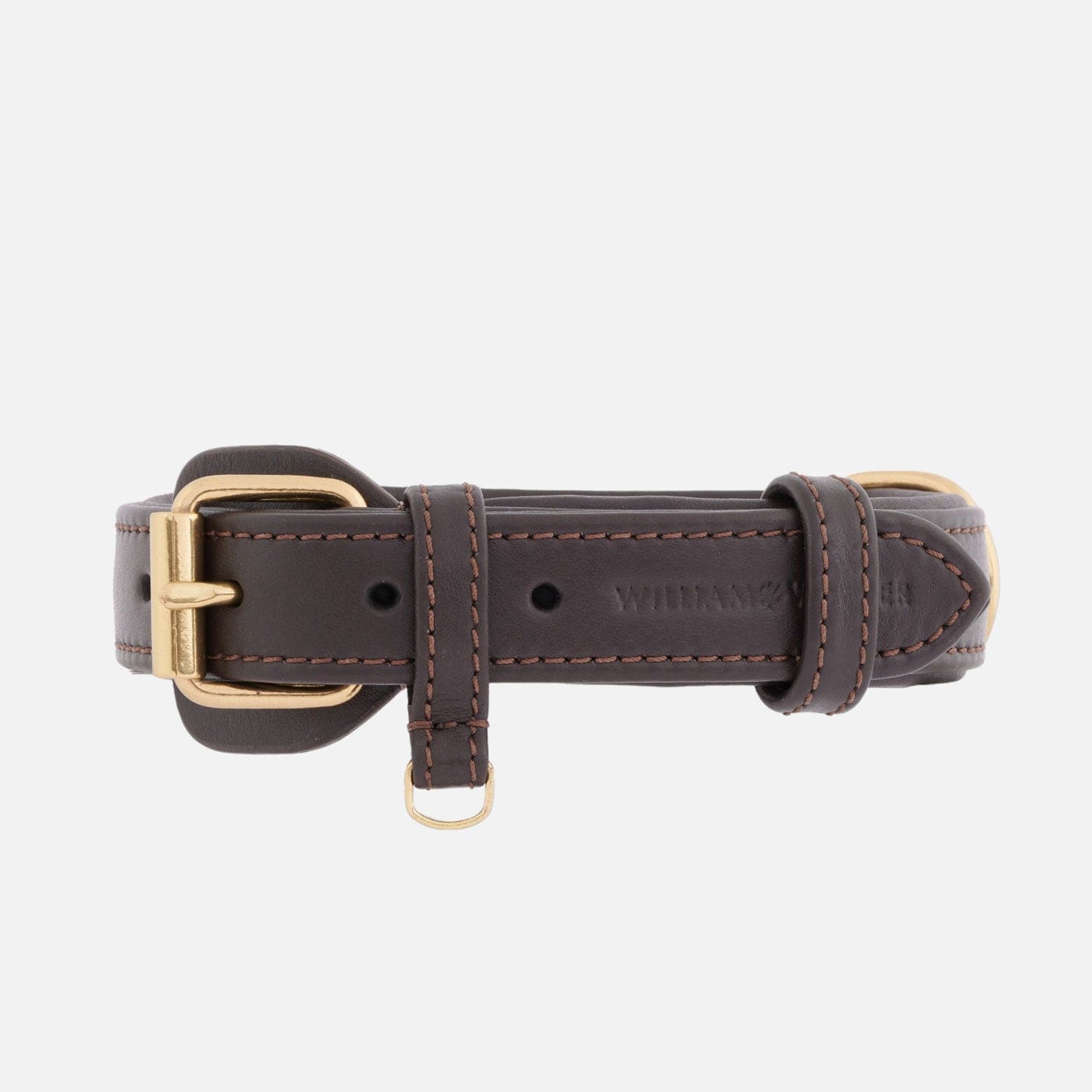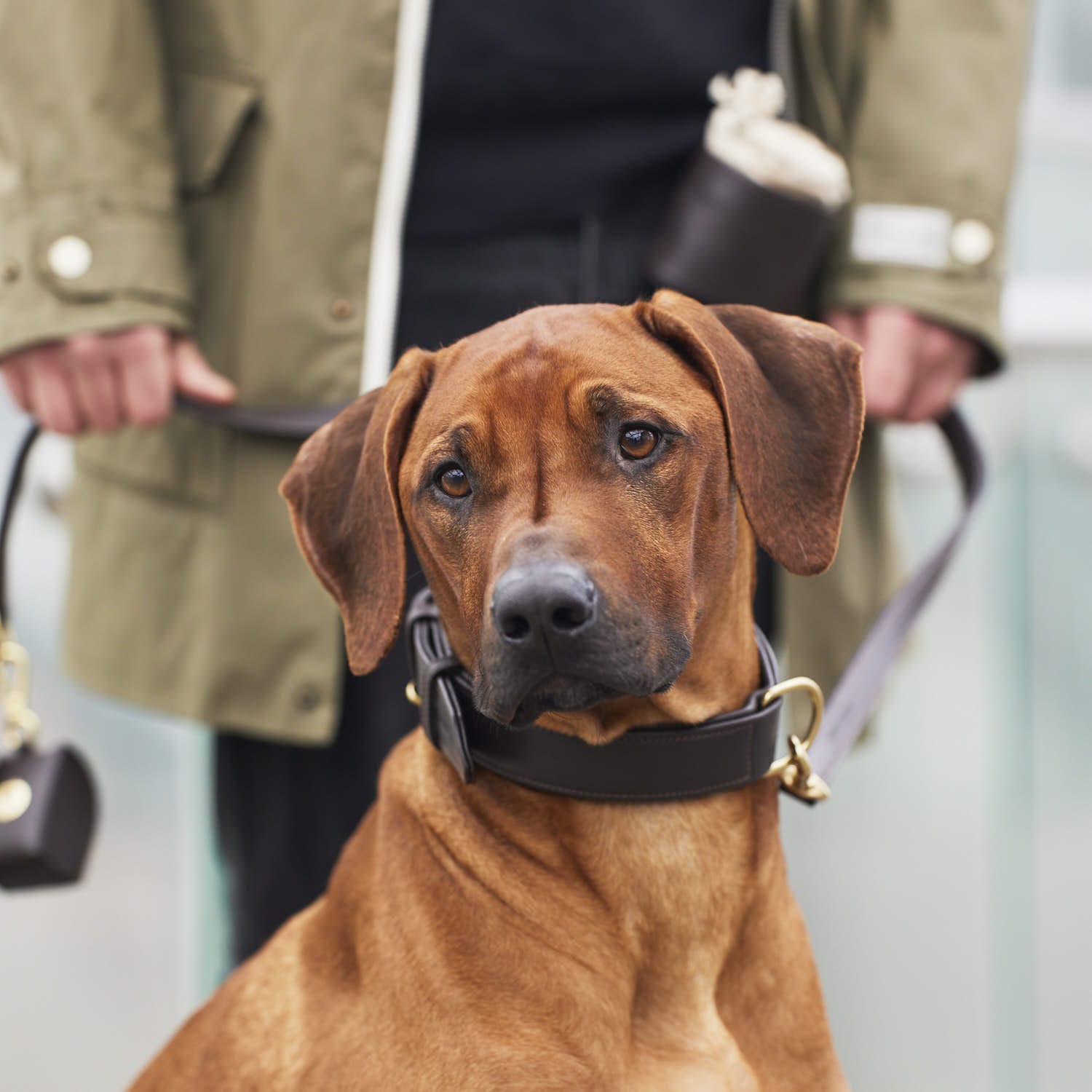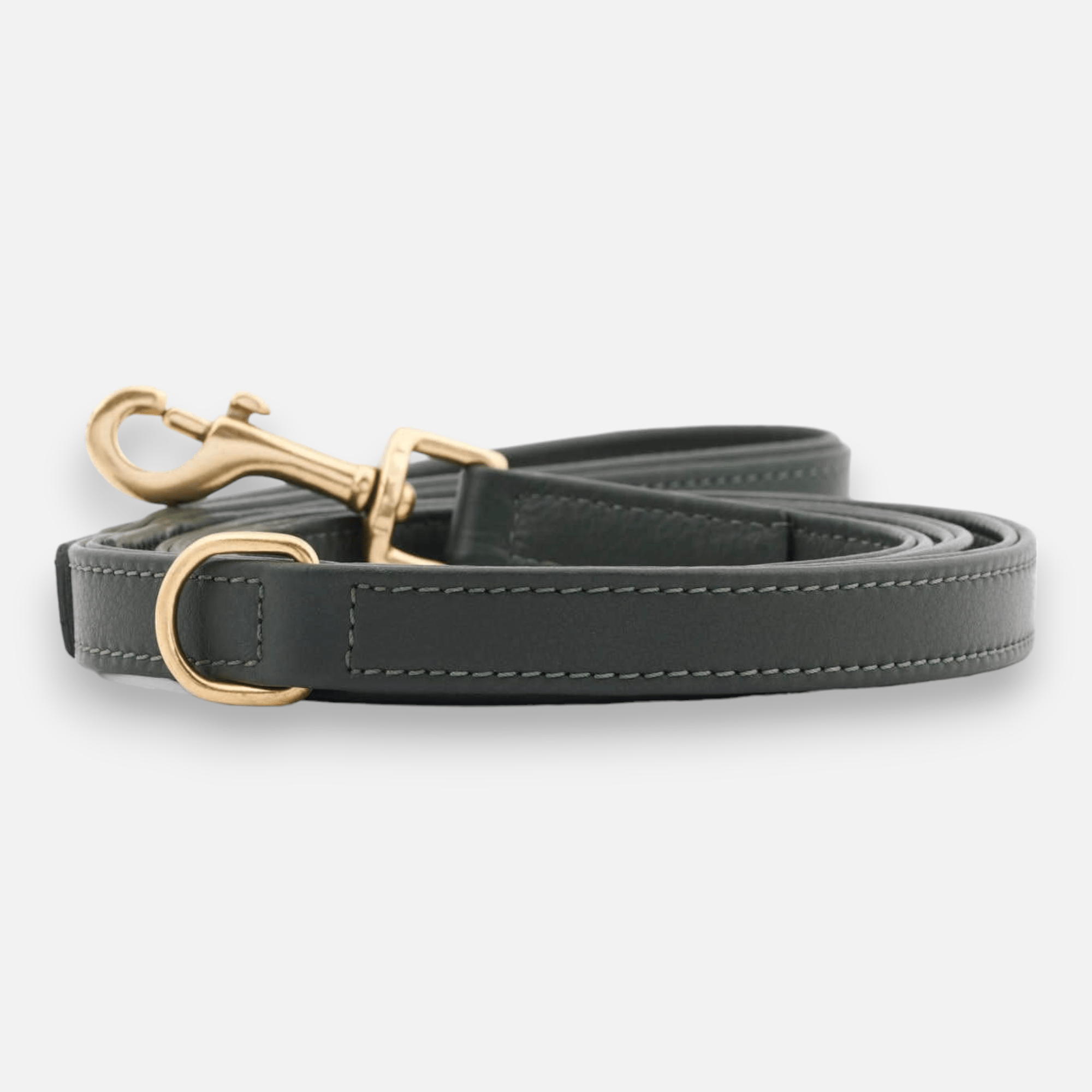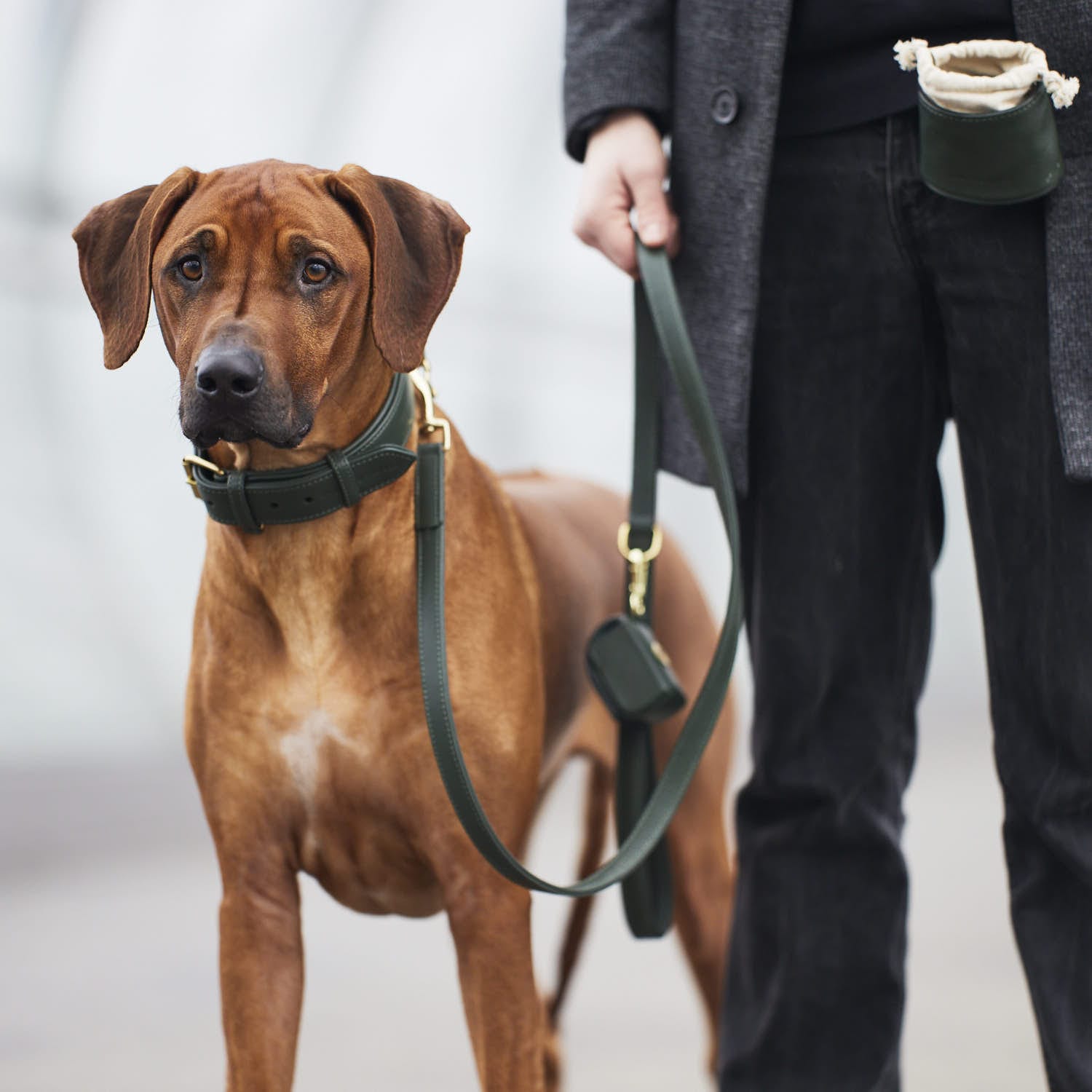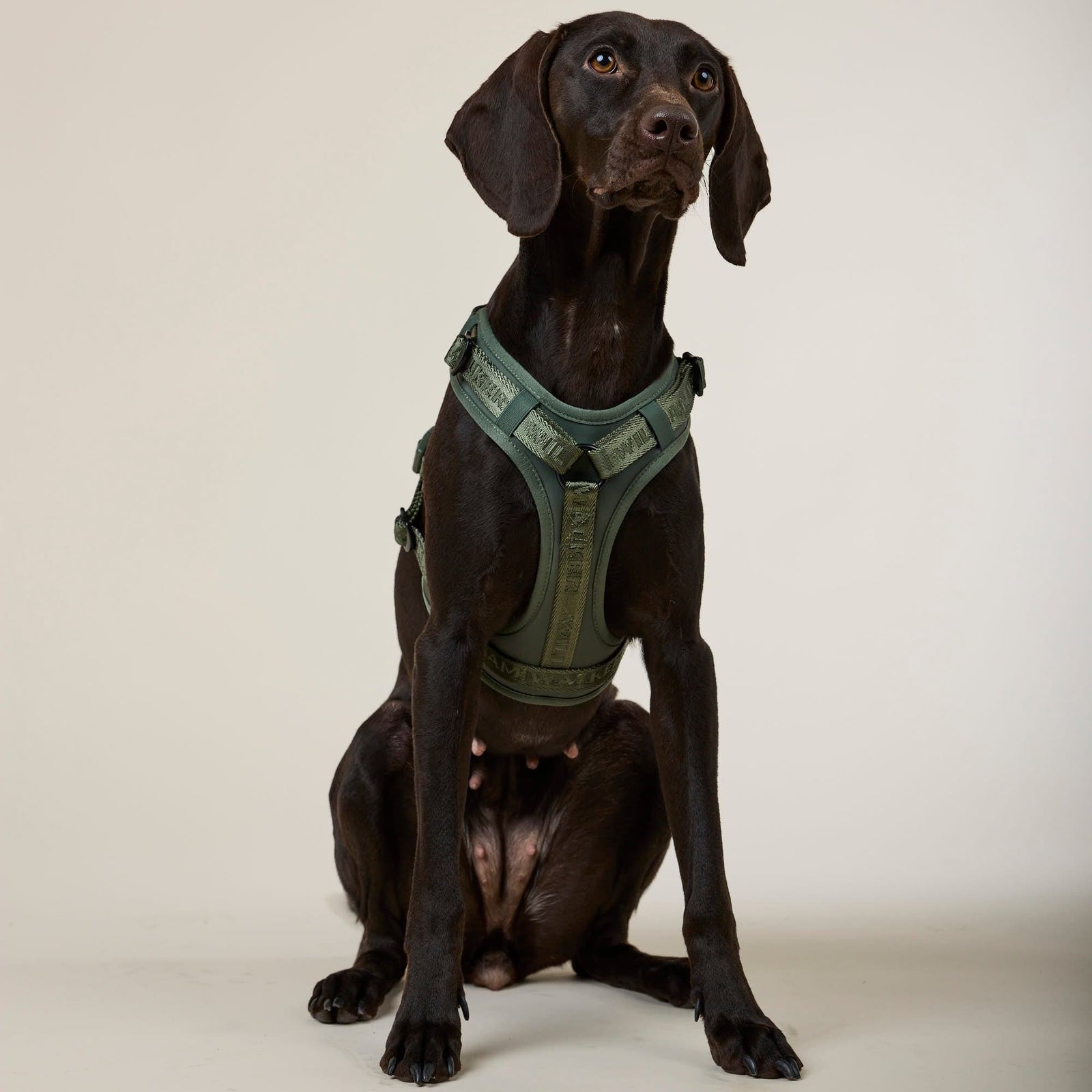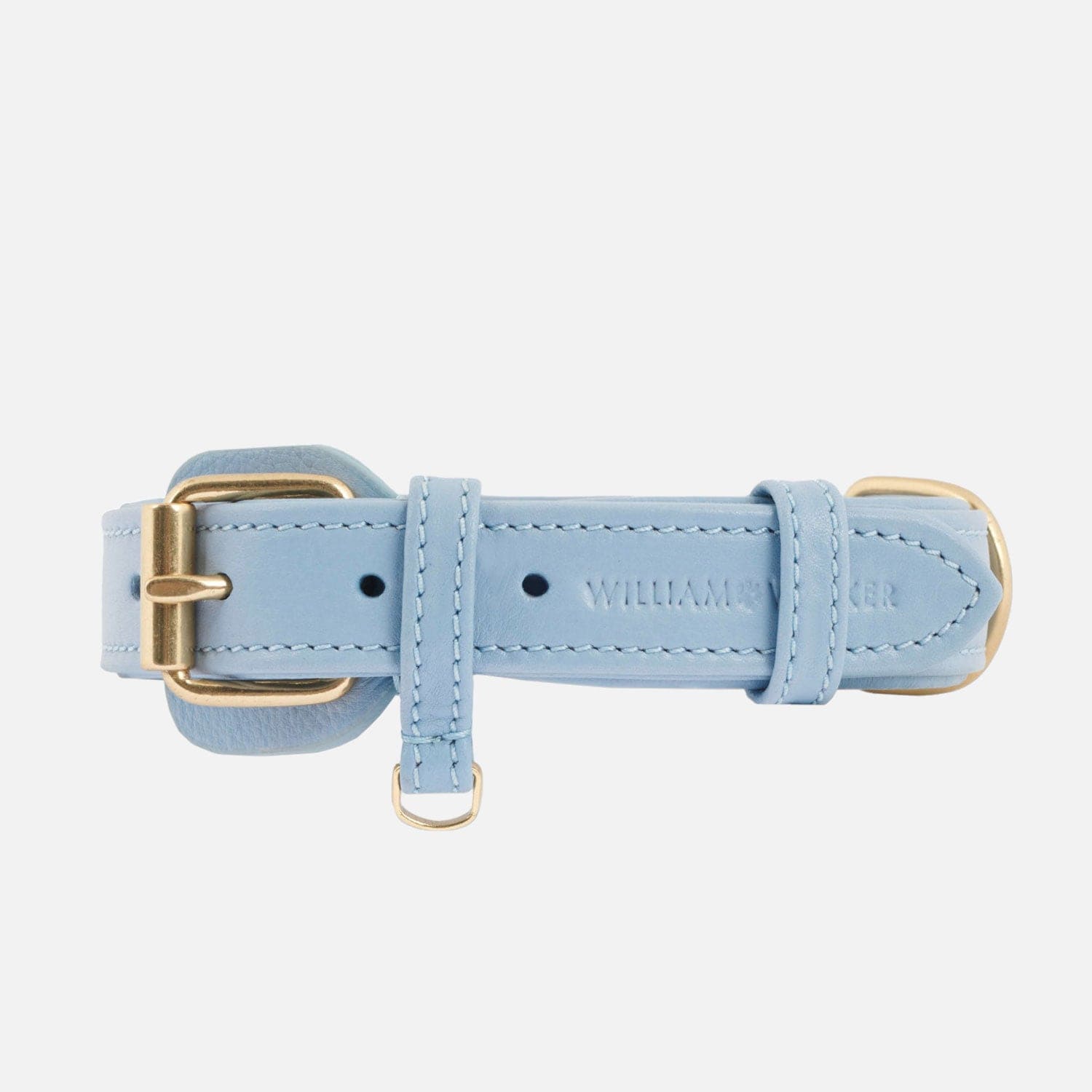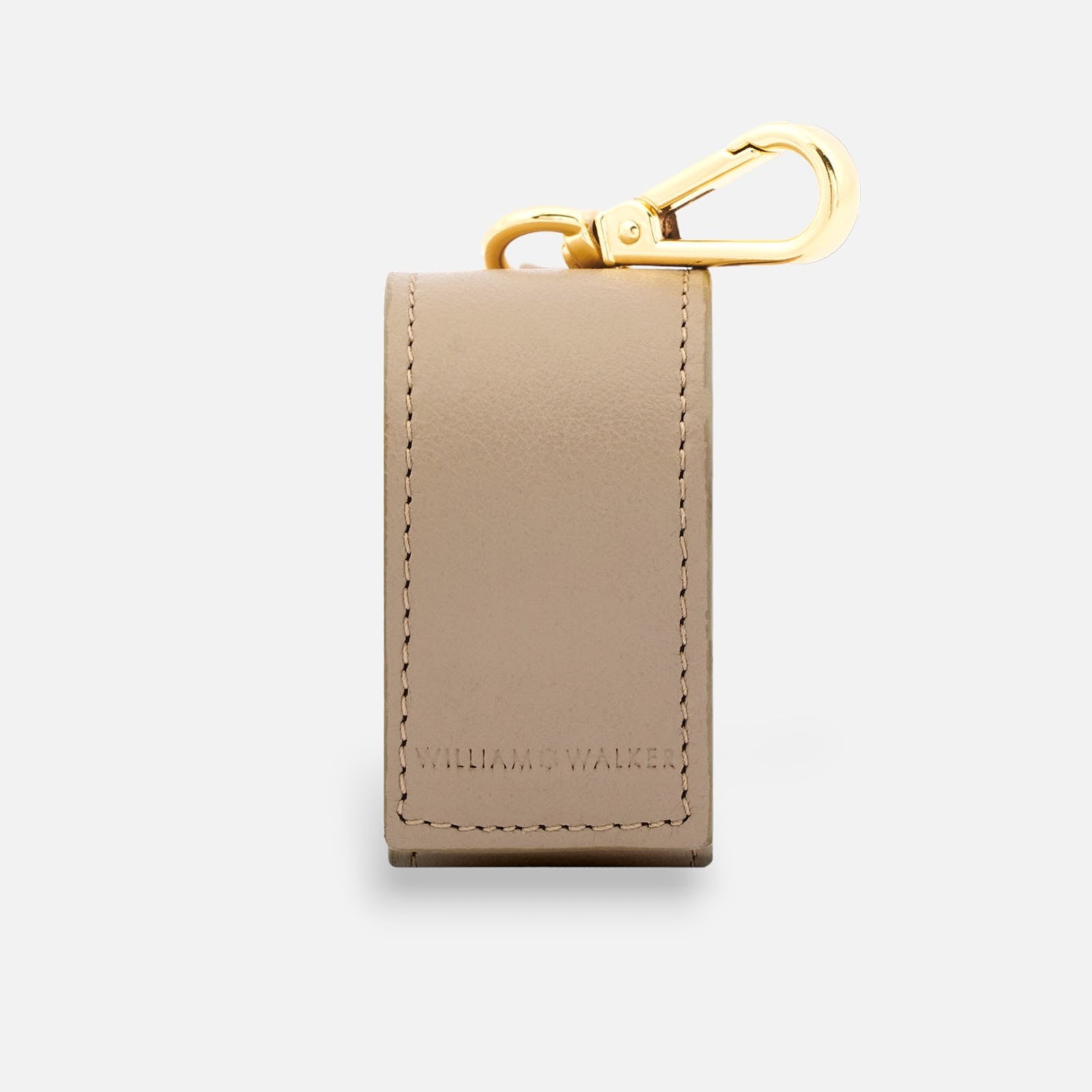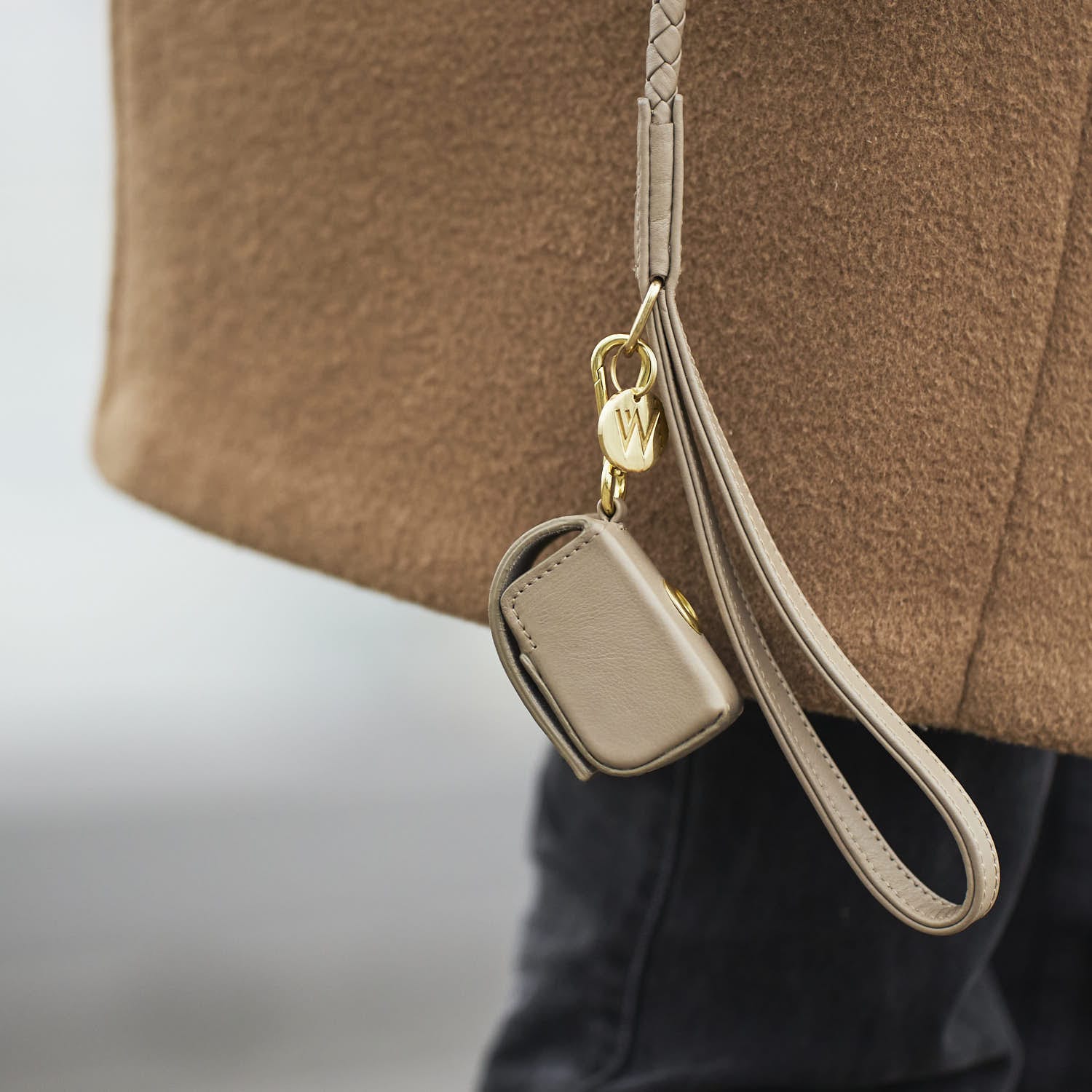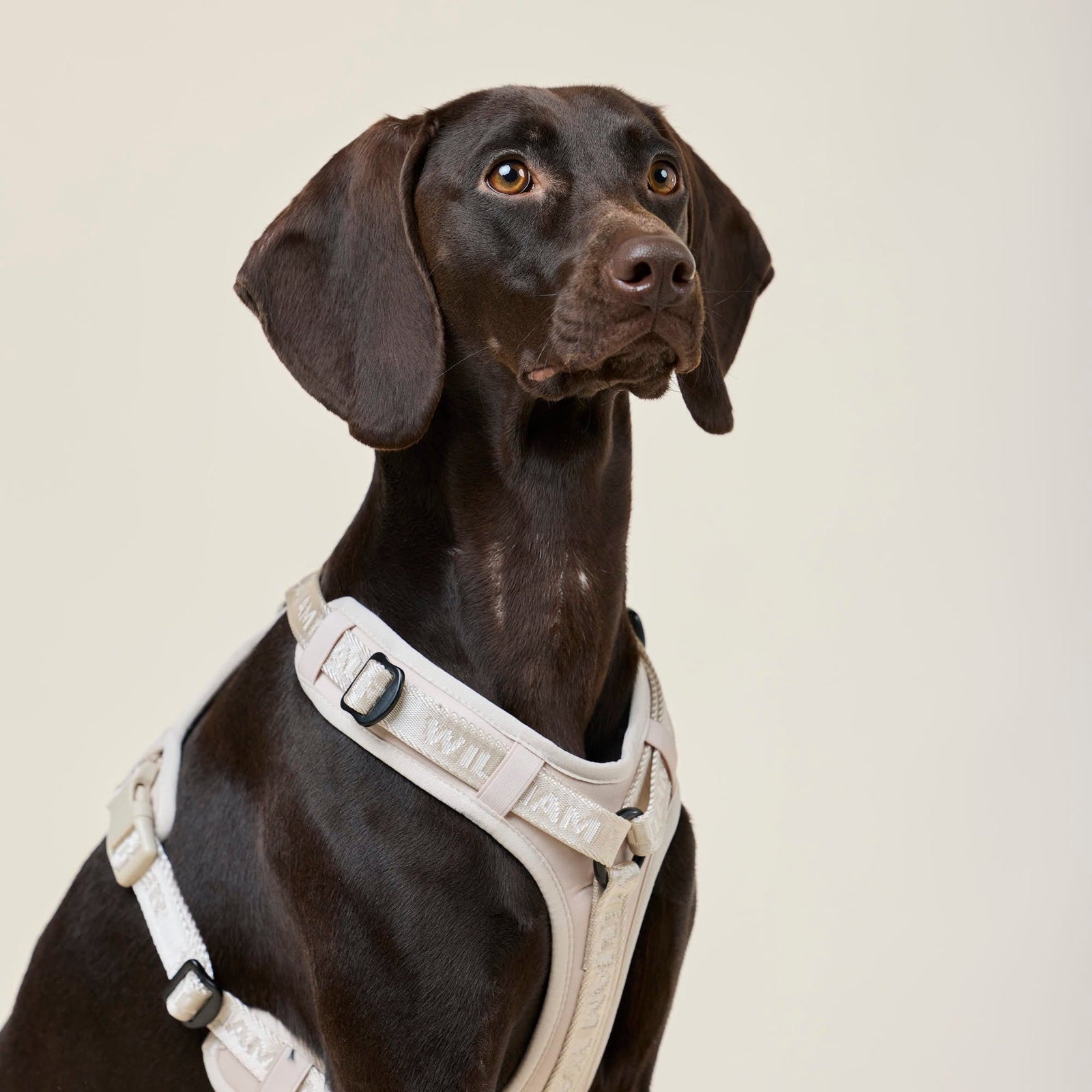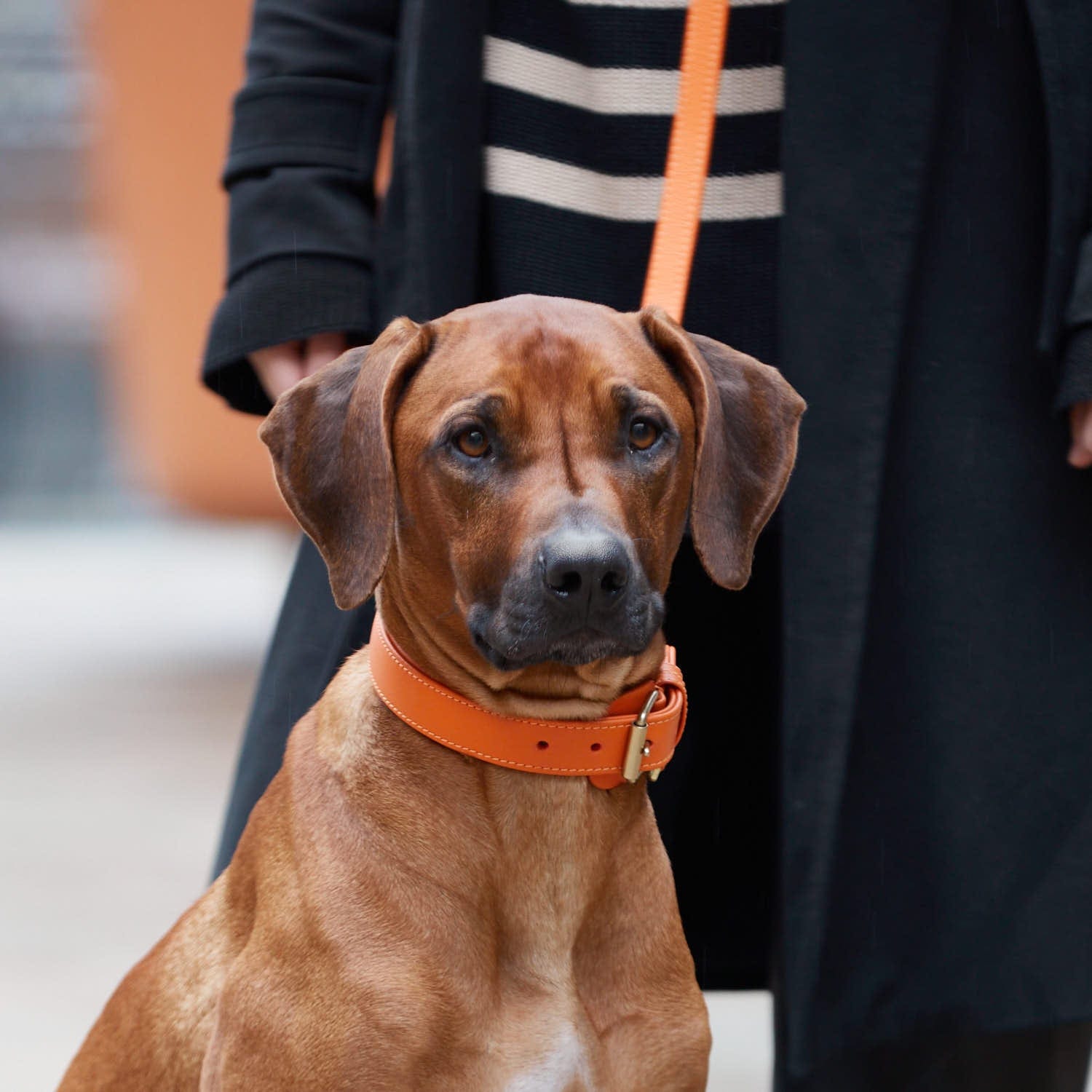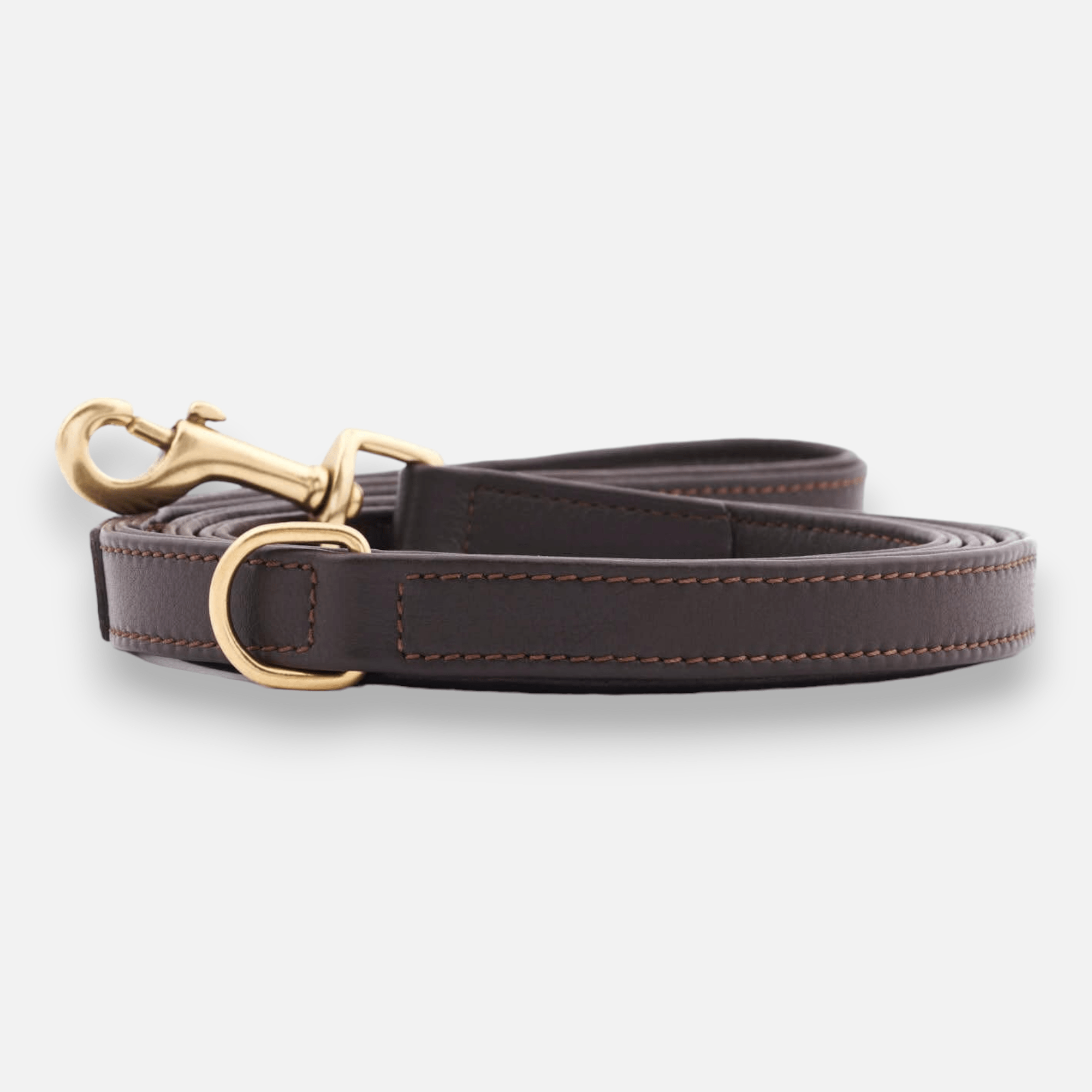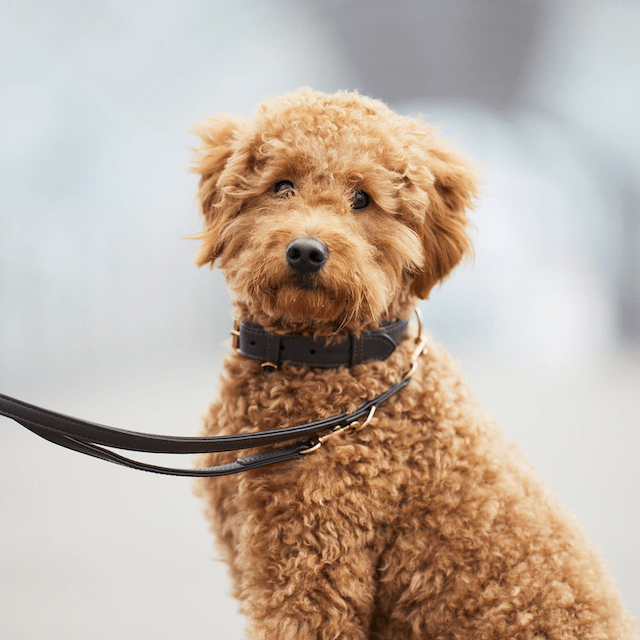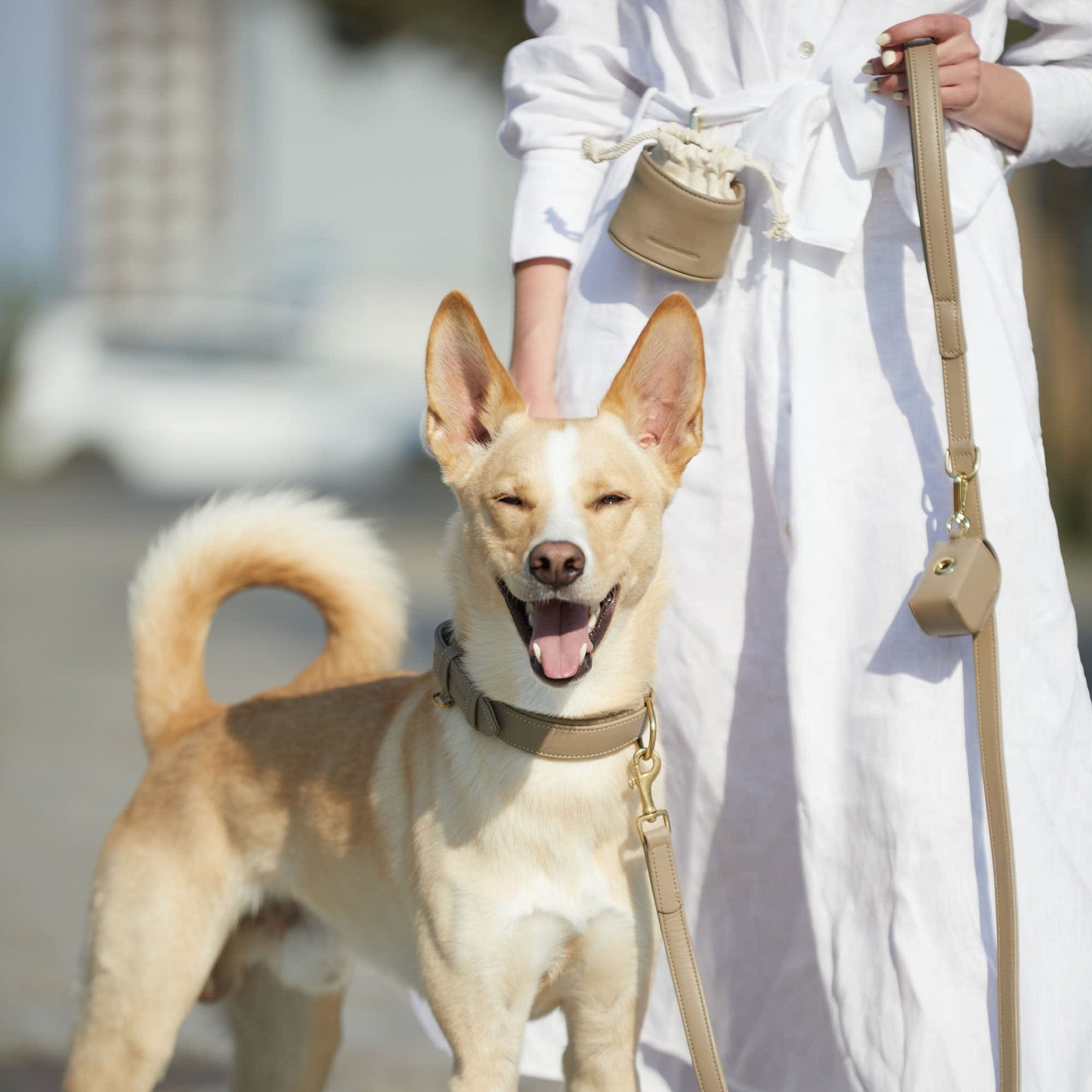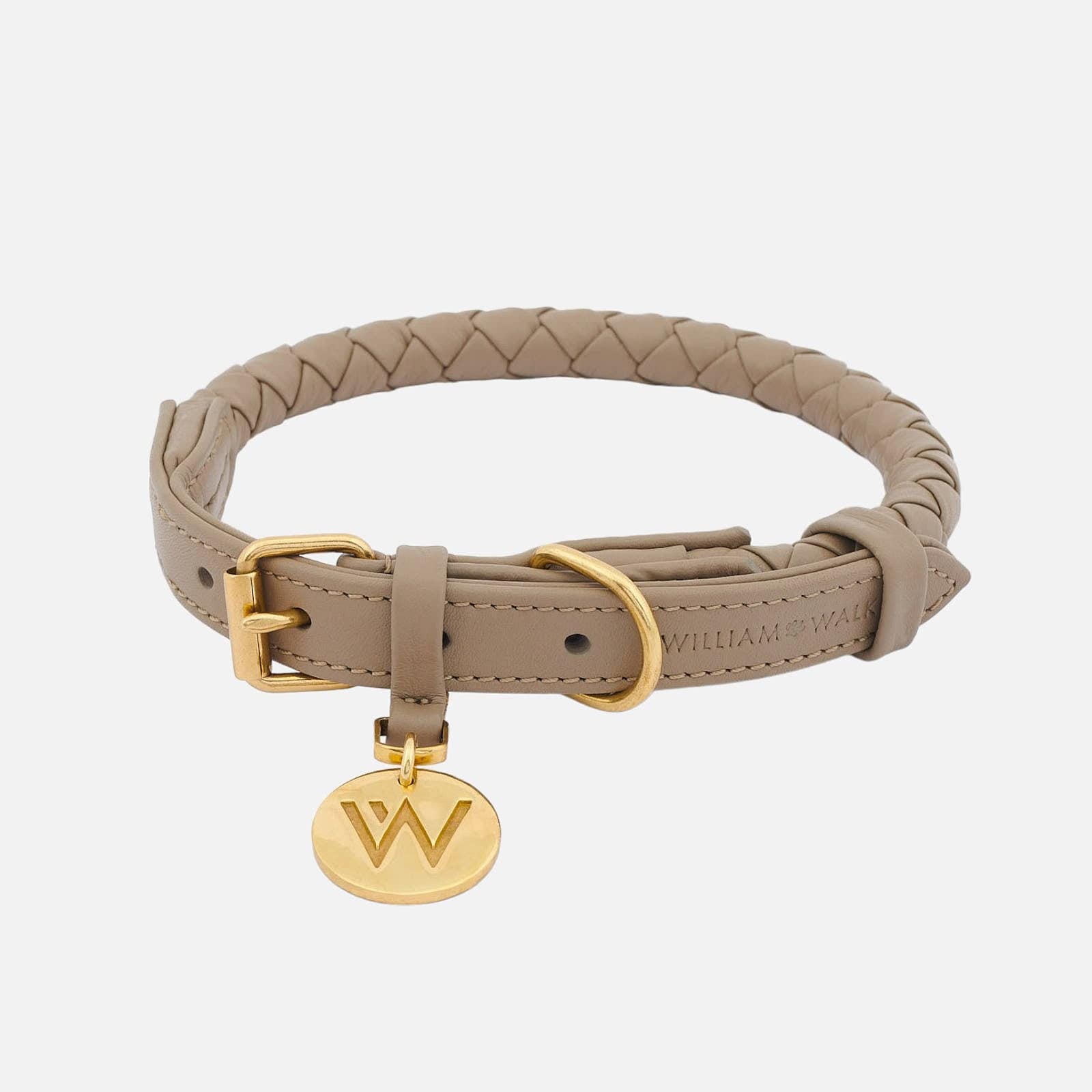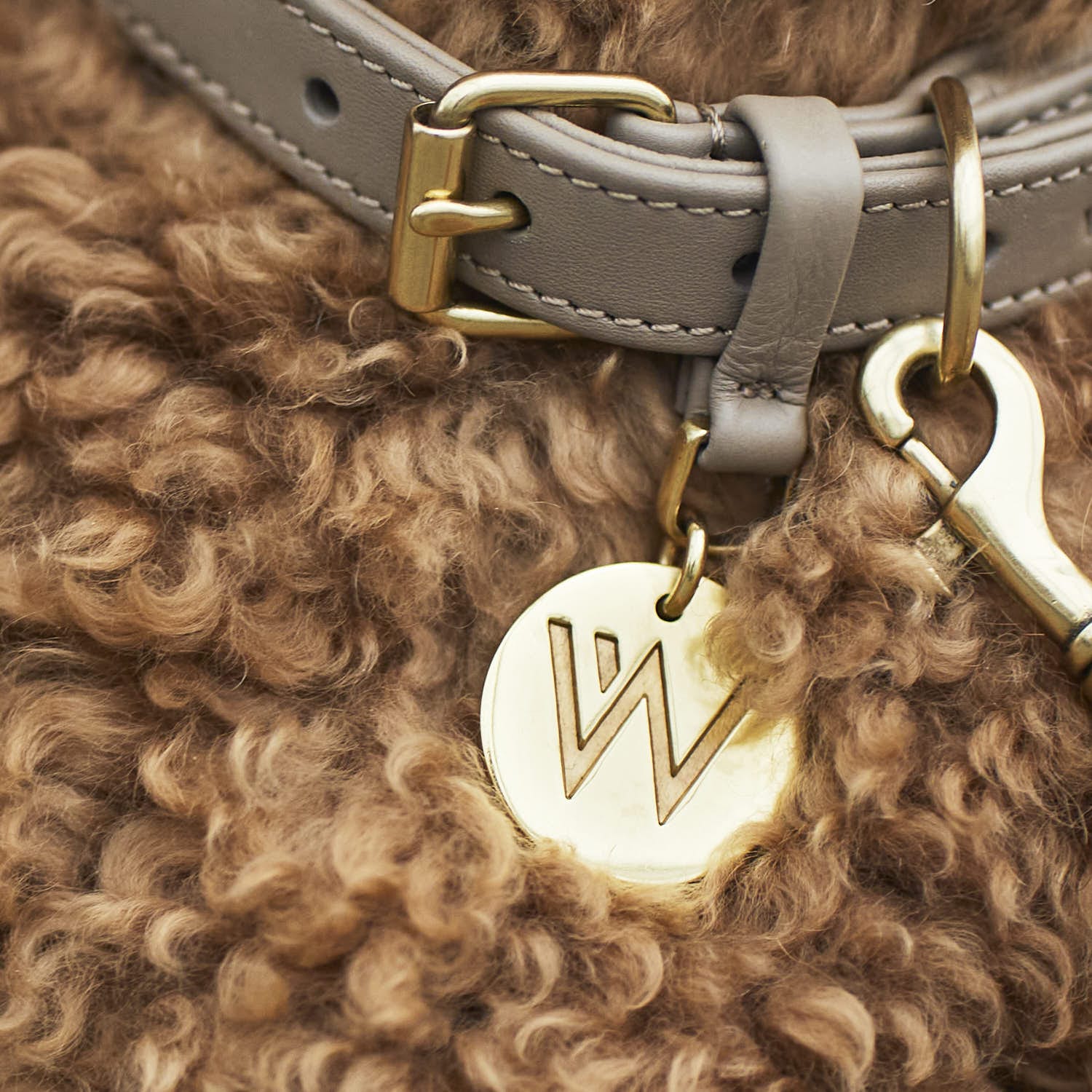What exactly does "dog breed" mean?
A dog breed is a specific and distinguishable breed of domestic dog. The Fédération Cynologique Internationale (FCI) currently lists and recognises approximately 370 different dog breeds. The cynological umbrella organisation assigns the dog breeds to different groups and sections based on appearance and temperament. There are 10 FCI groups, including FCI Group 1: Herding Dogs & Cattle Dogs or FCI Group 3: Terriers.
Which dog breed suits me best?
Getting to know the different breeds of dogs is crucial for us humans, especially when we want to take in a four-legged friend. Which dog suits me? That is the all-important question when buying a dog. It doesn't always have to be a purebred animal, because even in the case of mixed breeds from the animal shelter, the various breed combinations give us information about whether the dog will grow very large, for example, or possibly has a hunting instinct. Ultimately, however, it is not only the breed and its characteristics that determine the development and behaviour of the four-legged friend, but also the upbringing and socialisation. A dog breed is a specific and distinguishable breed of a domestic dog. The Fédération Cynologique Internationale (FCI) currently has about 370 different dog breeds listed and thus recognised. The cynological umbrella organisation assigns the dog breeds to different groups and sections based on appearance and temperament. There are 10 FCI groups, including FCI Group 1: Herding Dogs & Cattle Dogs or FCI Group 3: Terriers.
The Weimaraner - An elegant hunter

Weight: 25 - 40 kg
Shoulder height: 59 - 70 cm
Ø Life expectancy: 10 -12 years
Colours: Silver, fawn or mouse-grey coat
Classification: FCI-Group 7 - Pointing Dogs
History and origin of the Weimaraner
Not much is known about the origin of the Weimaraner. However, it can be said that the Weimaraner was initially only known around the city of Weimar in Thuringia. This is because at the beginning of the 19th century, the breed was kept by Grand Duke Karl August von Sachsen-Weimar-Eisenach at the court in Weimar. Since the end of the 19th century, the Weimaraner has been bred pure and was recognised accordingly. Nowadays, an upswing of the breed is observed. The Weimaraner has become a kind of trend dog. In many cases, however, the focus is on the shape and appearance and not on the performance of the hunting dogs. Such developments can lead to overbreeding and thus to the torture breeding of a breed. The Weimaraner is also affected by this, which is why special caution and attention is required when buying this breed. You can find more information on the subject of torture breeding here.
Character and nature of the Weimaraner
The hunting dog Weimaraner works as a pointing dog and retrieves besides hunting. In addition, he has a pronounced predator sharpness. This means that he tracks and kills game on command. He likes to observe, is attentive and very intelligent. The elegant hunter loves challenges and wants to work. If the Weimaraner is optimally exercised and trained, he is also suitable as a family dog to a certain extent. He is very affectionate, forms a strong bond with his owners and has a strong protective instinct towards his people, which makes him a loyal companion. However, the breed's protective instinct should not be underestimated. The Weimaraner can be suspicious of strangers and develops strong territorial behaviour.
Training the Weimaraner - The Weimaraner is not a beginner dog
Especially because of the Weimaraner's hunting instinct and temperament, the breed needs consistent and expert training with clear boundaries. Especially if the Weimaraner is not to be kept as a hunting dog but as a family dog, good exercise is essential. In order to keep the hunting instinct under control and to get the most out of the dog, long walks and sporting activities should be part of the daily routine. The Weimaraner should not only be exercised physically, but also mentally. Games with a dummy, hunting activities such as tracking or mantrailing are suitable for this.
Attitude of the Weimaraner
If the Weimaraner is exercised in a manner appropriate to its species, it is possible to keep it in a flat. However, care should be taken that the flat is not too small. If the flat is too small, the Weimaraner will quickly feel cramped and uncomfortable. He also needs a lot of closeness to his owners and does not like to be left alone for long.
Fashion Tip/Size Recommendation for the Noble Hunting Dog
With the noble appearance of the Weimaraner and its beautiful grey coat, we recommend beautiful strong colours. Our paracord dog collar Royal with matching leash is ideally suited here. The paracord collar is hand-woven and the result of skilful craftsmanship. The combination of high-quality materials such as paracord and brass, paired with a timelessly appealing design, makes the Paracord Dog Collar Royal a perfect dog collar and gives the Weimaraner a royal appearance. With a neck circumference of 40 to 55 cm, a collar in size L would fit the Weimaraner very well. If you want to be stylish when you're not walking your dog, you should definitely take a look at our accessories for owners.
